The content of the article
Otitis is one of the most unpleasant and common diseases in children. According to statistics, 80% of children under three years of age have had this disease at least once. Otitis is an inflammation of the ear, which may be accompanied by the release of pus, fever, and aching and stitching pains inside the ear canal. Otitis can be internal, external and secondary. The most dangerous is middle and internal otitis media, since the eardrum and auditory ossicles are affected in the inflammatory process. If otitis is not treated, it can lead to hearing loss. Also, if the eardrum is damaged, the pus may not go outside, but inside, it can cause meningitis and other unpleasant consequences. That is why it is so important to treat otitis media in a timely manner.
How to understand that a child has otitis media
Adults and older children may well talk about what is bothering them. Usually it is pain or discomfort in the middle ear, which can throb and give to the nose, eyes, teeth. Along with this, the so-called "backache" is observed in the form of a sharp and short-term pain reaction. If otitis media is purulent, the ear canals are filled with pus, which leads to hearing loss. Along with this, the child may suffer from tinnitus, dizziness, nausea and vomiting. At the reception with ENT, you can notice a color change inside the ear canal - the skin becomes red, inflamed. In the advanced stage of the disease, pus flows from the ear canal.
How to recognize otitis media in infants
Causes of Otitis
Otitis is often manifested as a complication after an infectious disease or after an acute respiratory viral infection. The risk of otitis media increases with allergies, with low immunity against the background of a virus in the body, as well as with ear canal injuries. Children are more prone to this disease. Otitis can occur even in a newborn baby, due to ingestion of amniotic fluid in the ear canals.
Treatment of otitis media
Otitis is treated depending on the age of the child and the stage of the disease. The younger the baby, the more thorough treatment is prescribed. Usually with otitis media, the ear is washed with antiseptic compounds. If the disease is in the initial stage, washing can be at home - in the form of instillation of antibacterial drops. With purulent otitis, washing is performed by ENT using special medical cocktails.
Along with this, antihistamines and anti-inflammatory drugs are prescribed for the child. Symptomatic treatment is also prescribed - antipyretic and antiemetic drugs. If this is not purulent otitis media, warming is done. Proper and timely procedures and medications will ease the condition of your baby in a few days.
How to treat otitis media in a child at home
Together with the appointment of a doctor, a child can be treated with folk remedies.These recipes will help you speed up the baby’s healing process.
- Tincture of walnut leaves. This remedy is not a quick recipe. Usually this tincture is always in the house, where children are often tormented with various diseases of the ears. Walnut leaves for this tincture are best taken young, you need to collect them in early spring. Fill the glass bottle with chopped leaves and fill it to the brim with sunflower oil. Close the bottle and leave it in a cool place for 3-4 months. Shake the container periodically. After the specified time, strain the contents and pour it into the bottle. Dampen the ear stick in oil and treat the ear passages. Processing should be frequent, 3-4 times a day.
- Onion and caraway seeds. Take a large onion and cut off its top so that you can remove its core. Sprinkle a pinch of caraway seeds inside. Cover the onion with the chopped portion. Bake the onion in the oven. When the onion cools down, it needs to be kneaded and squeezed juice out of it. Drip into a sore ear several times a day. After instillation, cover the ear canal with a cotton swab.
- Sagebrush. Collect wormwood flowers and fill them with a glass bowl. Pour wormwood with alcohol. After 3 weeks, the tincture will be ready. Strain the product, moisten a cotton tow in it and put in the ear, leave it overnight. Tincture of wormwood on alcohol not only warms, but also has an anti-inflammatory effect.
- Propolis. Take a small piece of propolis and fill it with oil. Place the container in a water bath. After a couple of hours of heating, drain the wax-free oil into the vial and let it cool. Dripping propolis oil in your ears is not recommended, but wetting the wick is quite possible. This is a good treatment for otitis media.
- Hydrogen peroxide. Disinfect and disinfect the ear canals with hydrogen peroxide. Place a few drops in each ear in the child. The resulting reaction in the form of foaming is not scary and not dangerous.
Remember that all home remedies in the form of drops can be dripped into the ear only if the eardrum is not damaged. This can only be determined by a doctor.
Warming up with otitis media
IMPORTANT! Warming up can be done only if you DO NOT have purulent otitis media! Also, warming up cannot be done at temperature.
The heating principle is as follows. A warming liquid or compress is applied to the sore ear and fixed. You can also just lie on a compress with a sick ear and lie down for a while. The simplest form of heating is salt. Heat the salt and put it in a linen bag. Then attach the bag to the sore ear. Do not burn the child - first check the compress on yourself.
You can warm the ear with camphor oil. Dip a small piece of gauze in it and attach to your ear. Secure with a scarf and leave for several hours.
You can warm your ear with otitis using a blue lamp. The sick ear should be warmed 3 times a day for 15 minutes. Onion warmings are also well warmed - onion juice is applied to the ear canal.
Otitis Prevention
Sometimes parents themselves are responsible for the fact that the child is ill with otitis media. For example, if you are asked to blow your nose, and they themselves close both nostrils to him. In this case, the mucus with bacteria from the nasal passage through the Eustachian tube enters the ear, after which inflammation begins. You need to blow your nose through each nostril, teach this child.
You need to feed the baby in a slightly elevated position, you can not feed while lying down. In this case, fluid may also enter the ear canals. The first sign of otitis media is wheezing in a dream. If the baby gives you such "signs", you need to show it to the ENT.
If your child has frequent otitis media, this may be due to enlarged adenoids. In this case, consider removing them.
During respiratory diseases, remove mucus from the baby’s nose in a timely manner with the help of special suctions in the form of a rubber bulb.To do this, pre-rinse your nose with saline to moisturize the mucus and bring it out. The child of the first year of life must be protected - after bathing at least the first couple of hours he should be in a hat or cap, even at home.
To get rid of frequent otitis media - strengthen the child’s immunity. To do this, follow the rules of a healthy diet, spend more time in the fresh air, swim in the sea, go to salt caves, temper.
During the course of otitis media, bathing a child is not recommended. Walk strictly in the headdress - a hat or scarf. Wind, even slight, can worsen your baby’s health. Do not forget about precautions to protect your child from otitis media and other diseases.
Video: signs and treatment of otitis media

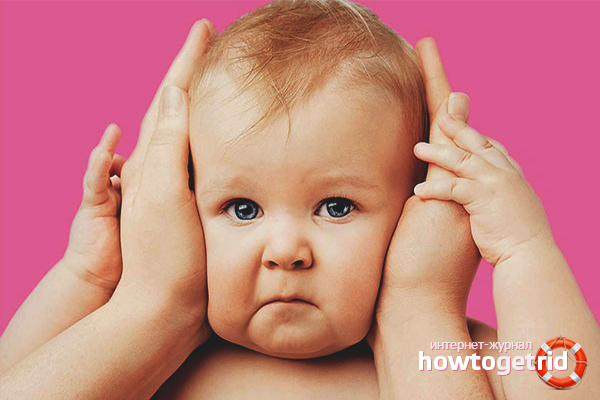
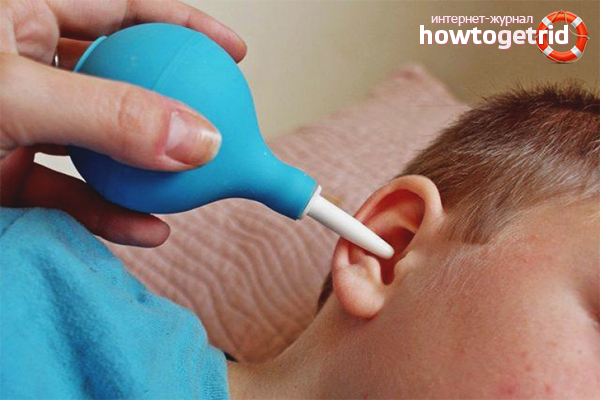
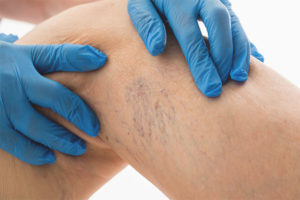
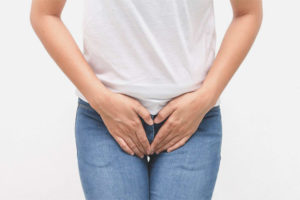
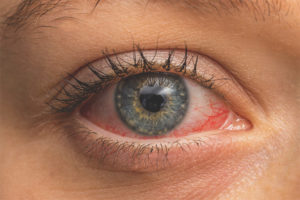





Submit